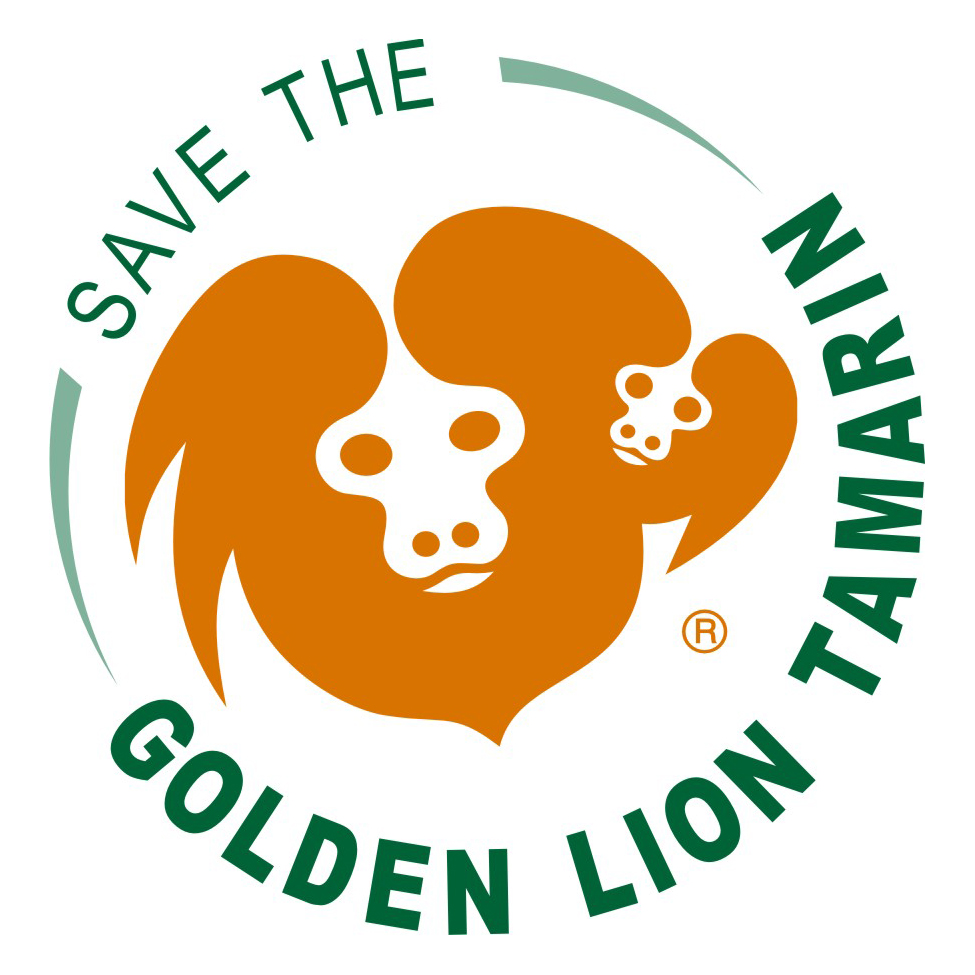10 September 2019
MEDIA RELEASE by SAVE THE GOLDEN LION TAMARIN
(contact@savetheliontamarin.org)
Yellow Fever in Brazil Threatens Successful Recovery of Golden Lion Tamarins
The wild population of golden lion tamarins has decreased 32 percent since 2014, when the last scientific census was completed, according to a study published today in the journal Scientific Reports. The publication, authored by Associação Mico-Leão-Dourado (AMLD) scientists, details a dramatic decrease in golden lion tamarin populations—from 3,700 to 2,500—coinciding with the worst yellow fever outbreak in Brazil in 80 years.
Researchers documented the first known death of a golden lion tamarin to yellow fever in May 2018. Yellow fever was first detected near the geographic range of GLTs in early 2017, and reports of sick or dead tamarins surfaced in 2018. These alarming trends prompted AMLD scientists to conduct a survey measuring reductions in golden lion tamarin populations, the results of which are detailed in the study published today.
Yellow fever is a virus that spreads to primates, including humans, through bites by infected mosquitoes. While symptoms are typically mild in humans, most Brazilian monkeys that contract yellow fever die from the virus within a few days of exposure. A safe and effective yellow fever vaccine exists for humans; AMLD partners are currently working to develop a vaccine that is effective in tamarins.
This decline in the wild population of golden lion tamarins marks the first drastic loss the species has faced in nearly 40 years. A reduction in population size of this magnitude will make it difficult for golden lion tamarins to find unrelated mates, resulting in inbreeding and local extinctions of the species. Prior to the yellow fever epizootic described in this report, golden lion tamarin numbers had been steadily increasing—from a few hundred in the 1970s to 3,700 in recent years.
“What really concerns me is that yellow fever may continue to reduce golden lion tamarin populations in the future,” says the study’s lead author and Save the Golden Lion Tamarin Vice President Dr. James Dietz, “If that happens, it will be more difficult to achieve AMLD’s science-based conservation goal to save the species. We must mobilize additional human and financial resources to implement the short-term actions necessary to reduce the impact of this new threat before it is too late.”
Golden lion tamarins are endangered, squirrel-sized monkeys found only in Brazil’s lowland Atlantic Forest, approximately 80 kilometers (50 miles) northeast of the city of Rio de Janeiro. Save the Golden Lion Tamarin (SGLT) is a United States 501(c)(3) public charity, providing technical and financial support to help Associação Mico-Leão Dourado (AMLD, or Brazil’s Golden Lion Tamarin Association) save golden lion tamarins in perpetuity.
